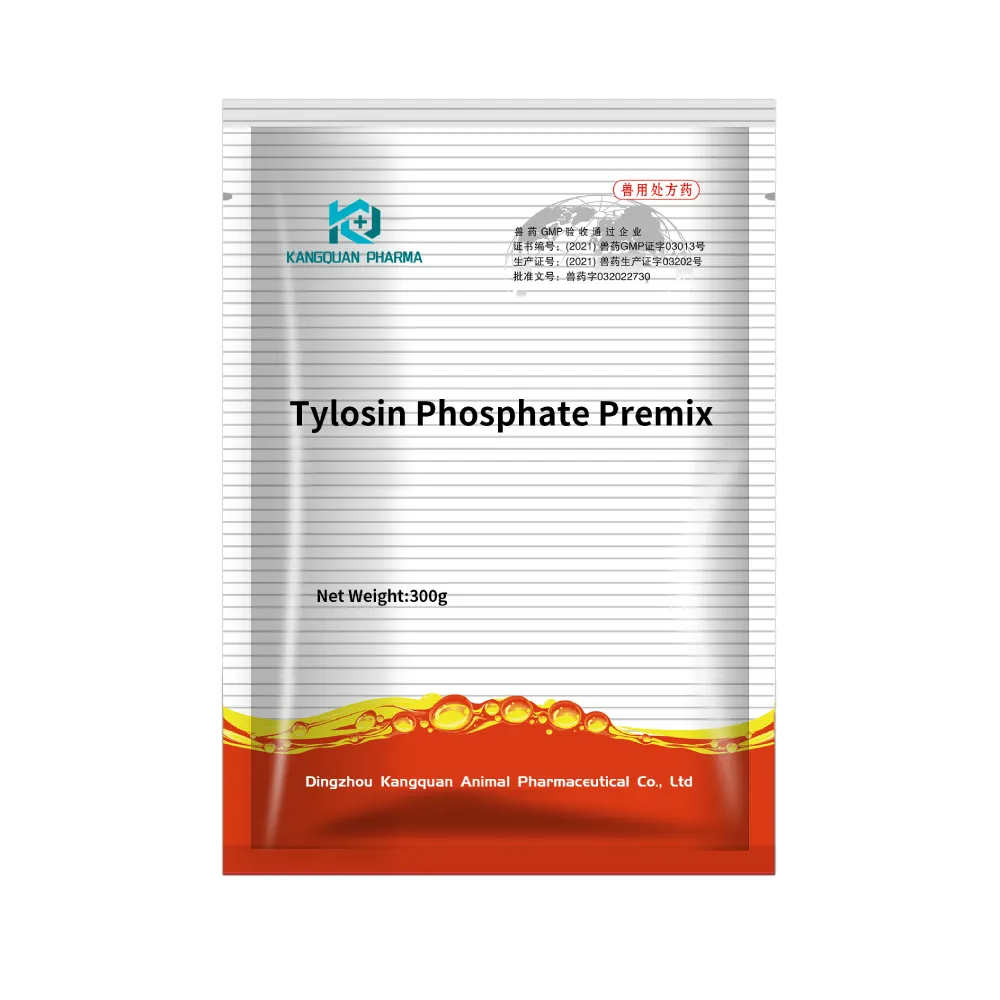- Afrikaans
- Albanian
- Amharic
- Arabic
- Armenian
- Azerbaijani
- Basque
- Belarusian
- Bengali
- Bosnian
- Bulgarian
- Catalan
- Cebuano
- Corsican
- Croatian
- Czech
- Danish
- Dutch
- English
- Esperanto
- Estonian
- Finnish
- French
- Frisian
- Galician
- Georgian
- German
- Greek
- Gujarati
- Haitian Creole
- hausa
- hawaiian
- Hebrew
- Hindi
- Miao
- Hungarian
- Icelandic
- igbo
- Indonesian
- irish
- Italian
- Japanese
- Javanese
- Kannada
- kazakh
- Khmer
- Rwandese
- Korean
- Kurdish
- Kyrgyz
- Lao
- Latin
- Latvian
- Lithuanian
- Luxembourgish
- Macedonian
- Malgashi
- Malay
- Malayalam
- Maltese
- Maori
- Marathi
- Mongolian
- Myanmar
- Nepali
- Norwegian
- Norwegian
- Occitan
- Pashto
- Persian
- Polish
- Portuguese
- Punjabi
- Romanian
- Russian
- Samoan
- Scottish Gaelic
- Serbian
- Sesotho
- Shona
- Sindhi
- Sinhala
- Slovak
- Slovenian
- Somali
- Spanish
- Sundanese
- Swahili
- Swedish
- Tagalog
- Tajik
- Tamil
- Tatar
- Telugu
- Thai
- Turkish
- Turkmen
- Ukrainian
- Urdu
- Uighur
- Uzbek
- Vietnamese
- Welsh
- Bantu
- Yiddish
- Yoruba
- Zulu
8 月 . 21, 2024 20:27 Back to list
Albendazole Dosage Guidelines for Veterinary Use in Different Animal Species
Understanding Albendazole Veterinary Dosage
Albendazole is a broad-spectrum anthelmintic (anti-worm) medication commonly used in veterinary medicine to treat a variety of parasitic infections in livestock and companion animals. It belongs to the benzimidazole class of drugs and operates by inhibiting the polymerization of tubulin, which ultimately leads to the death of the parasites. This article will delve into the appropriate dosages of albendazole in veterinary practice, its indications, and safety considerations.
Uses of Albendazole
Albendazole is primarily effective against nematodes (roundworms) and cestodes (tapeworms). It is often used to treat infections caused by parasites such as Ascaris, hookworms, whipworms, and certain types of flukes. Additionally, it is effective against some protozoan infections, making it a versatile tool in managing parasite loads in animals.
Dosage Guidelines
Dosages of albendazole can vary significantly depending on the species of animal, the type of parasites being treated, and the severity of the infestation. For most applications, albendazole is administered at a dosage of 5-10 mg per kilogram (mg/kg) of body weight. Below are generalized guidelines for common species
1. Cattle For the treatment of gastrointestinal parasites in cattle, the dosage typically ranges from 5 to 10 mg/kg of body weight, administered orally. It is crucial to ensure an accurate weight measurement to calculate the appropriate dosage and avoid underdosing or overdosing.
albendazole veterinary dosage

2. Sheep and Goats Similar to cattle, sheep and goats can be treated with albendazole at a dosage of 5-10 mg/kg. However, it's essential to note that pregnant and lactating animals should be monitored closely, and treatment should be timed appropriately to avoid potential adverse effects on offspring.
3. Dogs In canine patients, albendazole is typically given at a dosage of 10-15 mg/kg. The treatment regimen may last for several days, depending on the type of infection being addressed. It's advisable to consult with a veterinarian for an accurate diagnosis and treatment plan.
4. Cats While albendazole can be used in felines, caution should be exercised as its usage in cats is less common compared to dogs and other livestock. The recommended dosage can be approximately 5-10 mg/kg, but veterinary advice is crucial to ensure safety due to the variation in individual sensitivity.
Safety and Side Effects
While albendazole is generally safe when administered at the recommended dosages, some animals may experience side effects, including vomiting, diarrhea, and lethargy. In rare cases, an allergic reaction may occur. Therefore, close monitoring after administering the medication is essential. It is also vital to keep in mind that some animals may have contraindications for using albendazole, particularly those with liver or kidney dysfunction.
Conclusion
Albendazole is an invaluable medication in veterinary practice for managing a variety of parasitic infections across different species of animals. Proper dosing is crucial for its effectiveness and safety. Veterinarians should always provide tailored recommendations based on the specific needs of each animal and the nature of the infestation. As with all medications, adherence to best practices regarding dosage and careful monitoring can help ensure successful treatment outcomes while minimizing risks to animal health.
-
The Power of Radix Isatidis Extract for Your Health and Wellness
NewsOct.29,2024
-
Neomycin Sulfate Soluble Powder: A Versatile Solution for Pet Health
NewsOct.29,2024
-
Lincomycin Hydrochloride Soluble Powder – The Essential Solution
NewsOct.29,2024
-
Garamycin Gentamicin Sulfate for Effective Infection Control
NewsOct.29,2024
-
Doxycycline Hyclate Soluble Powder: Your Antibiotic Needs
NewsOct.29,2024
-
Tilmicosin Premix: The Ultimate Solution for Poultry Health
NewsOct.29,2024













